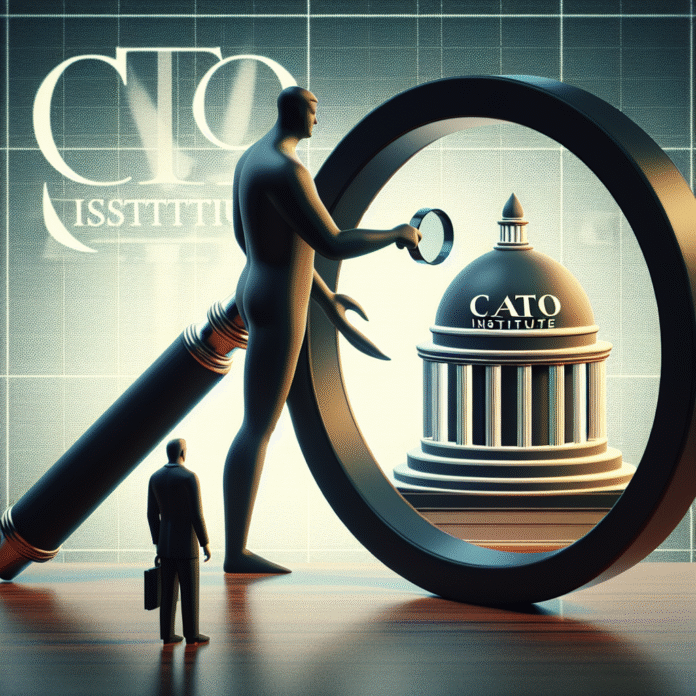Government Employs Standing Doctrine to Avoid Judicial Review
The Government’s Use of “Standing” Doctrine to Avoid Judicial Scrutiny
The concept of “standing” serves as a crucial legal doctrine in the United States, determining whether a party has the right to bring a lawsuit in court. This principle is often invoked by government entities to dismiss cases before they can be examined on their merits, effectively allowing them to evade judicial review. The implications of this practice raise significant concerns about accountability and transparency in government actions.
Understanding Standing
At its core, standing requires that a plaintiff demonstrate a sufficient connection to the harm they are claiming, which must be concrete and particularized. In essence, the individual or entity must show that they have suffered an injury-in-fact, that the injury is traceable to the actions of the defendant, and that a favorable court decision would likely redress that injury. This three-pronged test, established in landmark Supreme Court cases such as Lujan v. Defenders of Wildlife, is intended to ensure that courts only hear actual disputes rather than hypothetical grievances.
Government’s Evasion Strategies
Government agencies frequently leverage the standing doctrine to sidestep legal challenges. By arguing that plaintiffs lack the necessary standing, they can prevent courts from reviewing potentially controversial or unlawful actions. For example, in cases involving environmental regulations, a government agency may claim that an individual or organization cannot demonstrate direct harm from a policy change, thus dismissing the case before it reaches the judicial arena.
Moreover, the government can sometimes assert that the plaintiffs do not represent a sufficiently defined class or that their grievances are too generalized, further complicating access to judicial review. This maneuvering effectively shields government actions from scrutiny, raising concerns about the balance of power between the state and its citizens.
The Implications for Accountability
The ability of the government to utilize the standing doctrine to evade judicial review has significant implications for accountability. When citizens are unable to challenge governmental actions in court, they are left without a vital tool for ensuring that their rights are protected. This lack of oversight can lead to abuses of power, as agencies may feel emboldened to make decisions without fear of judicial intervention.
Additionally, the standing doctrine can disproportionately affect marginalized communities who may not have the resources or knowledge to navigate the legal system effectively. As a result, their grievances may go unheard, perpetuating systemic injustices and hindering progress toward equity.
Potential Reforms and Solutions
Given the challenges posed by the standing doctrine, various legal scholars and advocacy groups have proposed reforms aimed at increasing access to judicial review. Suggestions include redefining the criteria for standing to allow broader access for plaintiffs, particularly in cases involving public interest and environmental harm.
Moreover, encouraging legislative changes that explicitly authorize citizen suits in specific contexts could empower individuals to challenge government actions that affect their rights and communities. By creating a more inclusive legal framework, it is possible to enhance accountability and ensure that government actions are subject to appropriate scrutiny.
Conclusion
The standing doctrine, while designed to streamline judicial processes, has become a tool for the government to evade accountability. As citizens face increasing difficulty in challenging governmental decisions, it is imperative to explore reforms that facilitate access to judicial review. Strengthening the avenues for citizens to seek justice not only upholds democratic principles but also reinforces the essential checks and balances that safeguard individual rights against potential overreach by the state.


